-
 Bitcoin
Bitcoin $118300
-1.72% -
 Ethereum
Ethereum $3591
-0.69% -
 XRP
XRP $3.478
-3.53% -
 Tether USDt
Tether USDt $1.001
-0.01% -
 BNB
BNB $737.7
-0.54% -
 Solana
Solana $177.3
-2.40% -
 USDC
USDC $0.9999
-0.01% -
 Dogecoin
Dogecoin $0.2538
7.04% -
 TRON
TRON $0.3256
-0.85% -
 Cardano
Cardano $0.8332
-3.48% -
 Hyperliquid
Hyperliquid $44.80
-3.30% -
 Stellar
Stellar $0.4672
-6.09% -
 Sui
Sui $3.828
-5.98% -
 Chainlink
Chainlink $18.15
-3.41% -
 Hedera
Hedera $0.2655
-7.16% -
 Bitcoin Cash
Bitcoin Cash $517.5
-0.64% -
 Avalanche
Avalanche $23.89
-2.37% -
 Shiba Inu
Shiba Inu $0.00001519
-0.45% -
 UNUS SED LEO
UNUS SED LEO $8.973
0.13% -
 Toncoin
Toncoin $3.211
-2.54% -
 Litecoin
Litecoin $103.5
-3.58% -
 Polkadot
Polkadot $4.313
-3.90% -
 Uniswap
Uniswap $10.31
0.67% -
 Monero
Monero $325.4
-2.88% -
 Bitget Token
Bitget Token $5.049
3.51% -
 Ethena USDe
Ethena USDe $1.002
0.04% -
 Pepe
Pepe $0.00001346
-2.96% -
 Dai
Dai $0.9999
-0.02% -
 Aave
Aave $322.1
-2.93% -
 Bittensor
Bittensor $411.9
-4.70%
How to set up automatic buying and selling of BNB with Binance grid trading?
Set up automatic BNB trading on Binance using grid trading: define buy/sell orders at set price levels to profit from market volatility without constant monitoring.
Apr 20, 2025 at 04:35 pm

Setting up automatic buying and selling of BNB using Binance's grid trading feature can be a powerful tool for traders looking to capitalize on market volatility. Grid trading involves setting up a series of buy and sell orders at predetermined price levels, allowing you to take advantage of price fluctuations without constant monitoring. Here's a detailed guide on how to set up this strategy on Binance.
Understanding Grid Trading
Before diving into the setup, it's essential to understand what grid trading is and how it works. Grid trading is a trading strategy that involves placing buy and sell orders at regular intervals within a specified price range. This strategy aims to profit from the natural volatility of the market by buying low and selling high repeatedly within the grid.
Preparing Your Binance Account
To begin, you need to ensure your Binance account is ready for grid trading. Here's what you need to do:
- Log into your Binance account: Ensure you have a verified account with the necessary KYC (Know Your Customer) procedures completed.
- Fund your account: Make sure you have enough BNB in your spot wallet to set up the grid. You'll need to allocate a portion of your funds to the grid strategy.
- Navigate to the Grid Trading section: On the Binance platform, go to the "More" tab, and then select "Strategy Trading". From there, click on "Grid Trading".
Setting Up Your Grid Trading Strategy
Once you're in the Grid Trading section, you can start setting up your strategy. Follow these steps:
Select the trading pair: Choose BNB/USDT or any other pair you wish to trade. For this guide, we'll use BNB/USDT.
Choose the grid type: Binance offers two types of grids - Spot Grid and Futures Grid. For BNB, you'll use the Spot Grid.
Set the grid parameters:
- Lower Price: The lowest price at which you want to start buying BNB.
- Upper Price: The highest price at which you want to start selling BNB.
- Number of Grids: The number of price levels within your grid. More grids mean more frequent trades but also higher transaction fees.
- Investment Amount: The total amount of USDT you want to allocate to the grid.
Review and confirm: After setting the parameters, review your grid strategy. Make sure the profit and loss estimates align with your expectations. Once satisfied, confirm the setup.
Monitoring and Adjusting Your Grid
After setting up your grid, it's important to monitor its performance and make adjustments as necessary. Here's how:
- Check the grid status: Regularly check the "Active Grids" section to see how your grid is performing. You can view details such as the number of filled orders, current profit/loss, and remaining funds.
- Adjust the grid: If market conditions change, you might need to adjust your grid. You can do this by clicking on the "Edit" button next to your active grid. You can change the upper and lower prices or the number of grids.
- Close the grid: If you want to stop the grid trading, you can close it by clicking on the "Close" button. This will execute any remaining orders and return your funds to your spot wallet.
Managing Risks with Grid Trading
While grid trading can be profitable, it's crucial to manage the risks involved. Here are some tips:
- Set realistic expectations: Understand that grid trading profits are typically small and frequent. Don't expect huge gains from a single grid.
- Use stop-losses: Consider setting a stop-loss order outside your grid range to limit potential losses if the market moves against your strategy.
- Diversify: Don't allocate all your funds to a single grid. Diversify across different trading pairs and strategies to spread risk.
Troubleshooting Common Issues
Sometimes, you might encounter issues with your grid trading setup. Here are some common problems and solutions:
- Insufficient funds: If you don't have enough funds to cover the grid, you'll need to add more to your spot wallet before setting up the grid.
- Market volatility: If the market moves too quickly, your grid might not be able to execute all orders. In this case, consider widening your grid range or reducing the number of grids.
- Technical issues: If you encounter technical problems, contact Binance support for assistance. Make sure to keep a record of your grid settings and performance for reference.
FAQs
Q: Can I set up multiple grids for the same trading pair?
A: Yes, you can set up multiple grids for the same trading pair, such as BNB/USDT. However, be mindful of the total investment amount and ensure you have enough funds to cover all grids.
Q: How do I know if my grid trading strategy is working?
A: Monitor the performance of your grid in the "Active Grids" section. Look at the number of filled orders, current profit/loss, and remaining funds. If the grid is consistently profitable, it's working well. If not, consider adjusting the parameters.
Q: What happens if the market price moves outside my grid range?
A: If the market price moves outside your grid range, the grid will stop executing orders until the price returns within the range. You can adjust the grid range to continue trading or close the grid and withdraw your funds.
Q: Can I use grid trading on mobile?
A: Yes, Binance offers a mobile app that supports grid trading. You can set up, monitor, and adjust your grids directly from your mobile device.
Disclaimer:info@kdj.com
The information provided is not trading advice. kdj.com does not assume any responsibility for any investments made based on the information provided in this article. Cryptocurrencies are highly volatile and it is highly recommended that you invest with caution after thorough research!
If you believe that the content used on this website infringes your copyright, please contact us immediately (info@kdj.com) and we will delete it promptly.
- Crypto Market Mania: Ethereum Surges, Trump's Company Cashes In!
- 2025-07-19 12:30:13
- NFT Trading, Users, and the Quest for a Comeback: What's the Deal?
- 2025-07-19 12:30:13
- Baby Sex: Unpacking the Influencing Factors and Birth Sex Trends
- 2025-07-19 12:50:13
- Satoshi Nakamoto, Bitcoin, and Bill Gates: A New World Order?
- 2025-07-19 13:15:12
- Trump's GENIUS Act: A New Era for Stablecoin Regulation?
- 2025-07-19 12:50:13
- Render Crypto, DePIN, and GPU Rendering: The Future is Now, Baby!
- 2025-07-19 12:55:13
Related knowledge
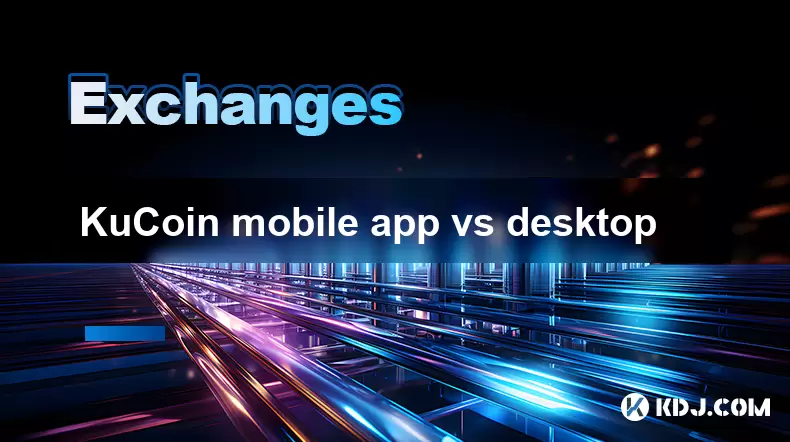
KuCoin mobile app vs desktop
Jul 19,2025 at 08:35am
Overview of KuCoin Mobile App and Desktop PlatformThe KuCoin ecosystem offers both a mobile app and a desktop platform, each designed to cater to diff...
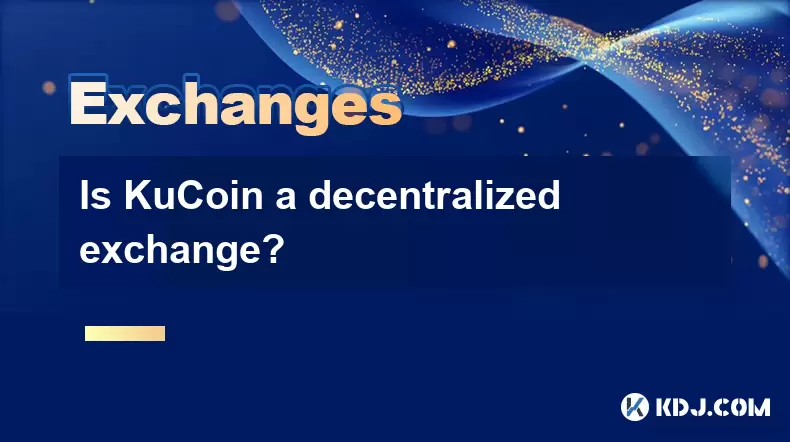
Is KuCoin a decentralized exchange?
Jul 18,2025 at 03:15pm
Understanding Decentralized Exchanges (DEXs)To determine whether KuCoin is a decentralized exchange, it's essential to first understand what defines a...
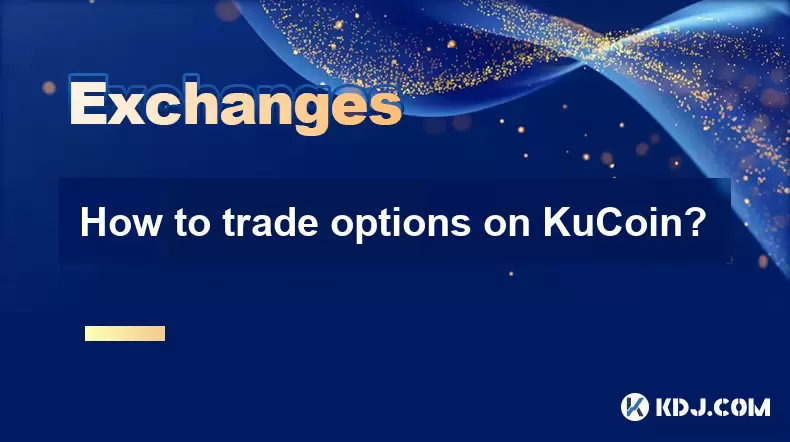
How to trade options on KuCoin?
Jul 19,2025 at 03:42am
Understanding Options Trading on KuCoinOptions trading on KuCoin allows users to speculate on the future price movements of cryptocurrencies without o...
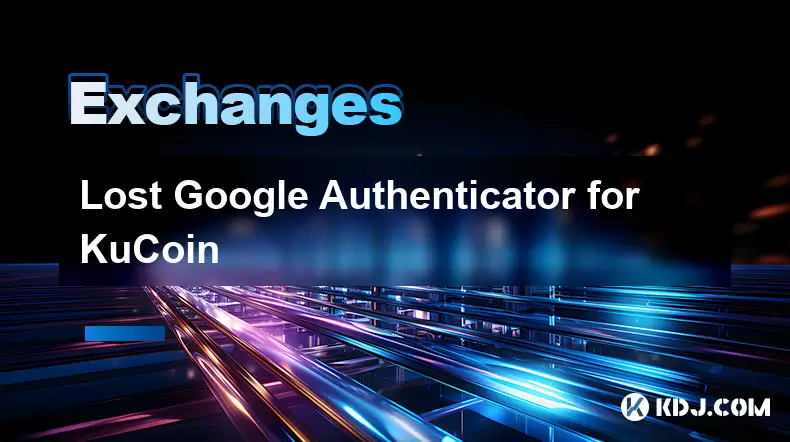
Lost Google Authenticator for KuCoin
Jul 19,2025 at 02:35am
Understanding the Importance of Google Authenticator in KuCoin SecurityGoogle Authenticator is a critical tool used by KuCoin users to enable two-fact...
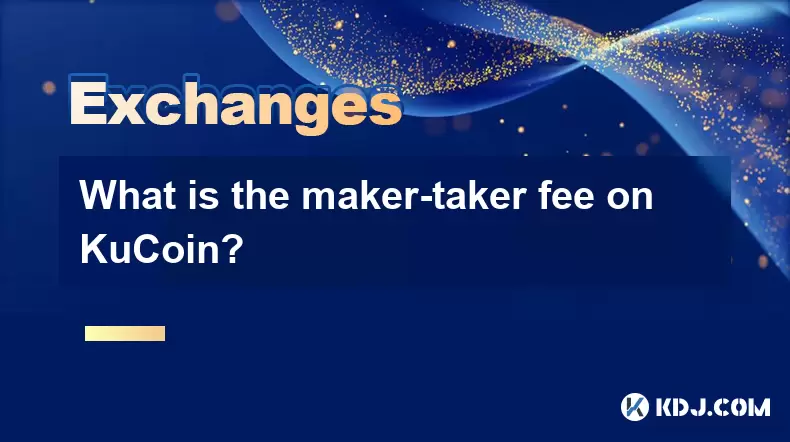
What is the maker-taker fee on KuCoin?
Jul 18,2025 at 12:42pm
Understanding the Maker-Taker Fee ModelThe maker-taker fee model is a pricing structure used by many cryptocurrency exchanges, including KuCoin, to de...
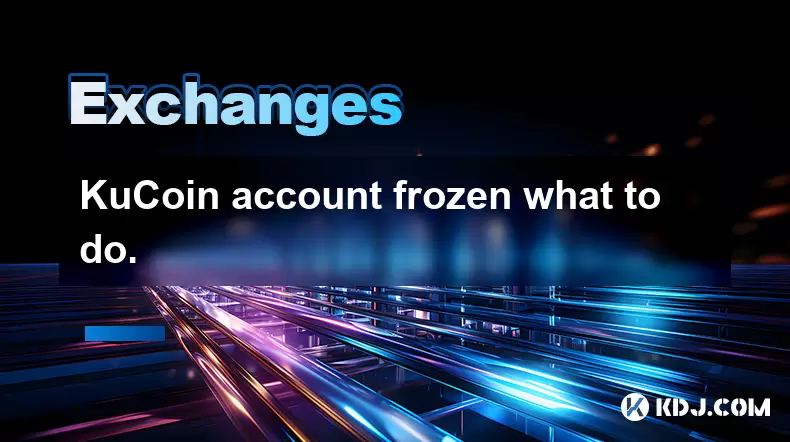
KuCoin account frozen what to do.
Jul 19,2025 at 04:35am
Understanding Why Your KuCoin Account Was FrozenIf you've discovered that your KuCoin account is frozen, the first step is to understand why this has ...

KuCoin mobile app vs desktop
Jul 19,2025 at 08:35am
Overview of KuCoin Mobile App and Desktop PlatformThe KuCoin ecosystem offers both a mobile app and a desktop platform, each designed to cater to diff...

Is KuCoin a decentralized exchange?
Jul 18,2025 at 03:15pm
Understanding Decentralized Exchanges (DEXs)To determine whether KuCoin is a decentralized exchange, it's essential to first understand what defines a...

How to trade options on KuCoin?
Jul 19,2025 at 03:42am
Understanding Options Trading on KuCoinOptions trading on KuCoin allows users to speculate on the future price movements of cryptocurrencies without o...

Lost Google Authenticator for KuCoin
Jul 19,2025 at 02:35am
Understanding the Importance of Google Authenticator in KuCoin SecurityGoogle Authenticator is a critical tool used by KuCoin users to enable two-fact...

What is the maker-taker fee on KuCoin?
Jul 18,2025 at 12:42pm
Understanding the Maker-Taker Fee ModelThe maker-taker fee model is a pricing structure used by many cryptocurrency exchanges, including KuCoin, to de...

KuCoin account frozen what to do.
Jul 19,2025 at 04:35am
Understanding Why Your KuCoin Account Was FrozenIf you've discovered that your KuCoin account is frozen, the first step is to understand why this has ...
See all articles

























































































